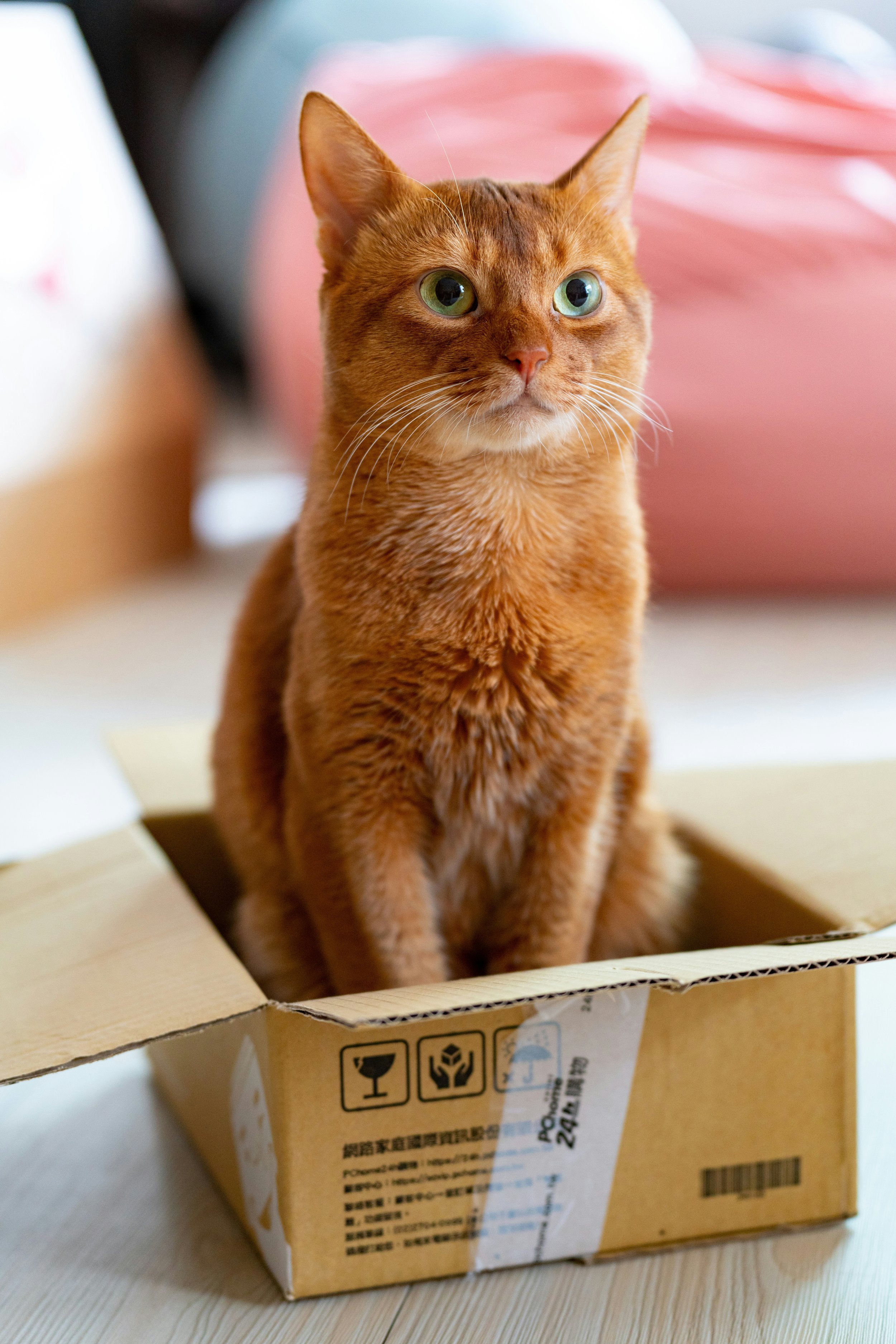The Ultimate Guide to Litter Boxes: How Many, How Often, and How to Choose?
A variety of litter box options!
Attention Cat Lovers! Understanding your feline's litter box needs can be the key to a happier, healthier cat. In this guide, we'll delve into the mysteries of the litter box: how many you should have, why daily cleaning is crucial, and how to pick the right one.
1. The Magic Number of Litter Boxes
The general guideline for the number of litter boxes in a multi-cat household is one box per cat, plus one extra. So, if you have two cats, you should ideally have three litter boxes. Why?
Cats are territorial creatures. Having multiple litter boxes reduces conflicts over territory and resources. It also gives your cat options, in case one box is dirty or if it's occupied by another feline friend.
If you have a multi-story home, it's wise to have a litter box on each floor, ensuring your kitty has easy access when nature calls.
2. The Daily Cleaning Ritual
Why is it so crucial to clean the litter box daily?
Health Monitoring: Cleaning daily means you'll notice any changes in your cat's urine or feces, which can be vital indicators of their health.
Odor Control: Cats have a much more potent sense of smell than humans. A dirty litter box can be off-putting for your feline friend and can lead to them avoiding it altogether.
Behavioral Reasons: Cats are naturally clean animals. A clean box can prevent issues like inappropriate elimination outside the box.
3. Choosing the Perfect Litter Box
When it comes to picking the best litter box, consider these factors:
Size Matters: Ensure the litter box is large enough for your cat to turn around, dig, and squat. Bigger is generally better.
High Sides vs. Low Sides: High sides can prevent litter from being kicked out, but older cats or those with mobility issues might prefer a box with lower sides for easier access.
Covered vs. Uncovered: Some cats like the privacy of a covered box, but others may feel trapped. Try both and see what your feline prefers.
Entry: Whether it's a top-entry or front-entry box, your cat's preference is what matters most. However, keep in mind that senior cats might find it difficult to use a top-entry box.
Material & Cleanliness: A non-porous material like plastic is ideal as it doesn't absorb odors. Also, look for a box that's easy to clean.
By tuning into your cat's needs and preferences when it comes to litter boxes, you can ensure a cleaner, happier environment for both you and your feline friend. Remember, a little daily effort goes a long way in ensuring the wellbeing and happiness of your beloved cat!

